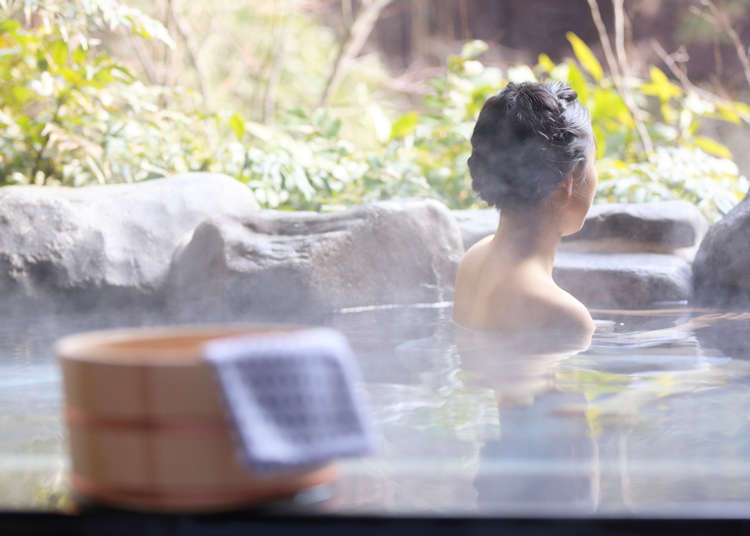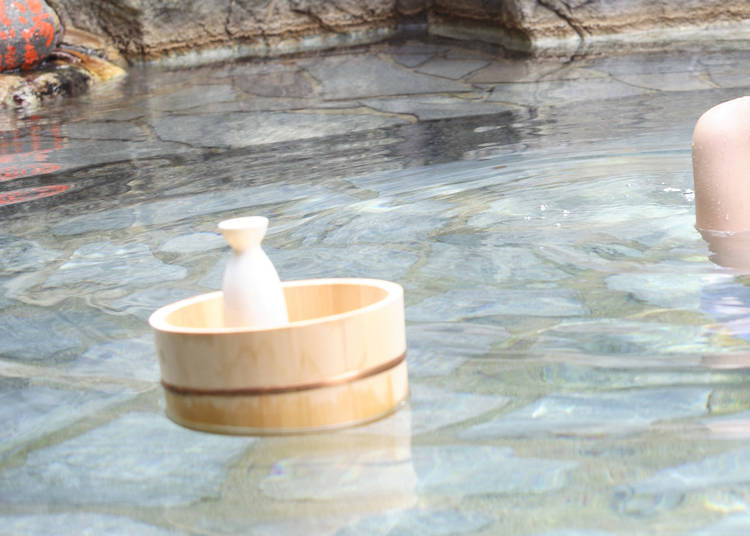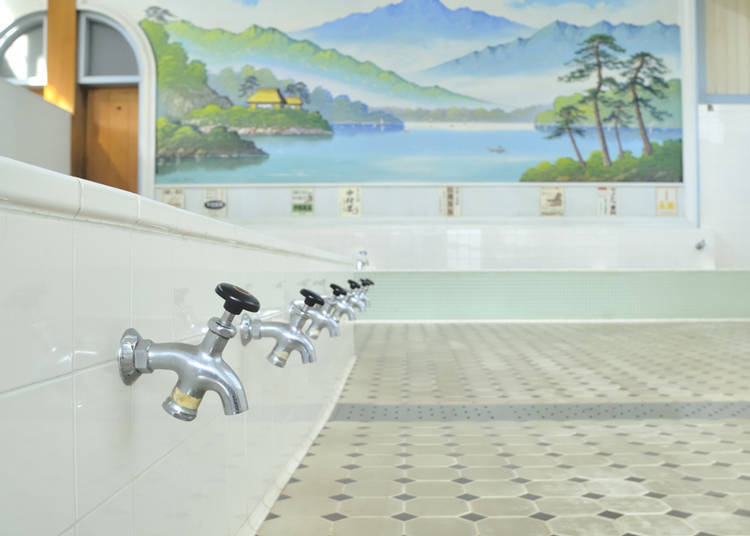
One of Japan’s cultural staples is hot springs (onsen) and public baths. While it’s common for Japanese people, they raise many questions among foreign visitors.
We asked Dr. Yasuaki Goto, a specialist in baths and a researcher with the Japan Health Development Foundation, to answer some questions that foreigners have when it comes to Japanese hot springs and public baths.
Lots of interesting content follows; some things would surprise even Japanese people!
1. What is the correct order of things to do before entering the bath? Should you shower after hot springs?
――Theoretically, any order is fine, but to keep the bath clean, etiquette dictates to wash oneself before entering the bath itself. To get your body accustomed to the heat, you should first take a shower. Washing your body after a bath makes cleaning yourself easier, so the most straightforward might be to “rinse yourself → bathe → wash yourself.”
2. Do Japanese people really drink sake while bathing?
――You may have an idea of hot springs and sake, but when considering health, it is not recommended to drink while bathing or before bathing.
However, some facilities sell alcoholic beverages like beer or Japanese wine in the bath, like the Noboribetsu Onsen's Daiichi Takimotokan. There are also places where you can enjoy sake while having a foot bath in places like Shiobara Onsen's Kounso or the Oita Onsen in Beppu Hachiyu, which have become bars. Drinking alcohol while enjoying a foot bath is safe.

3. Why do many people drink milk after onsen baths?
――There are various theories, but there is no one exact reason.
One of the most prominent theories is that after the war, when refrigerators were not widely used in ordinary households, public baths worked with the milk producers, because they used refrigerators to provide cold drinks.
It’s important to drink water after taking a bath because you dehydrate through sweat. At baths, you can now also find a lot of sport drinks and supplement drinks.
4. Where does the Japanese hot spring and public bath culture come from? Why are there so many hot springs in Japan?
――There are several theories about this topic as well. Japan is a volcanic country with more than 100 active volcanoes.
Natural hot springs here are the largest in the world, so the mere presence of so many hot springs, is considered to be a significant factor in the rise of the hot spring culture.
I think that the richness of the water, when it comes to minerals, is also a factor. When it comes to public baths, bathing areas have been introduced in ordinary households, but before it was commonplace (nowadays 95% of households have a bathing area), people could enjoy a soak only in public facilities. Regardless, it is still lovely to enjoy a large open bath, don't you think?

5. What is the difference between a hot spring (onsen) and a public bath (sento)?
――According to the J…

